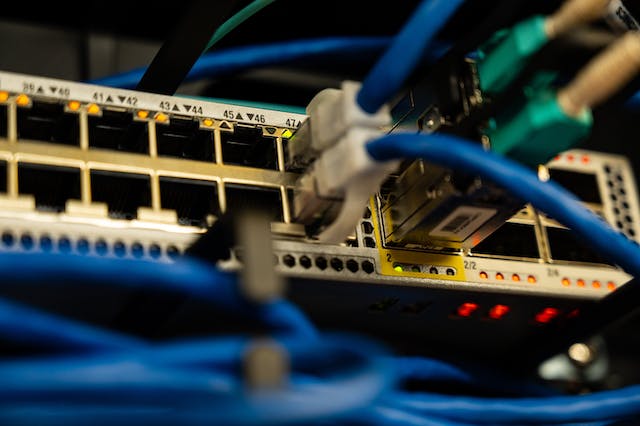
In the ever-evolving landscape of technology, networking switches stand as the unsung heroes, silently orchestrating the seamless flow of data across networks. Whether you’re browsing the internet, streaming a video, or accessing files on a server, a networking switch plays a pivotal role in ensuring a smooth and efficient communication process. In this blog post, we will embark on a journey to explore the intricacies of networking switches, shedding light on their significance, types, and key functionalities.
Understanding Networking Switches:
At its core, a networking switch is a fundamental component in computer networking that connects devices within a local area network (LAN). Unlike its predecessor, the hub, a switch operates at the data link layer (Layer 2) of the OSI model, making it more intelligent and efficient in managing network traffic.
Key Functions of Networking Switches:
- Packet Switching: Networking switches use packet switching to forward data between devices on a network. Each data packet is examined, and the switch makes informed decisions about where to send the packet based on the destination MAC address. This process ensures that data reaches its intended recipient without unnecessary congestion.
- Address Learning: One of the key features of switches is their ability to learn and store the MAC addresses of connected devices. This information is stored in a table known as the MAC address table. By maintaining this table, switches can make informed decisions about how to forward data, reducing unnecessary traffic.
- Broadcast and Multicast Handling: Switches efficiently manage broadcast and multicast traffic within a network. Unlike hubs, switches selectively forward these types of traffic only to the devices that need them, reducing unnecessary network congestion.
Types of Networking Switches:
- Unmanaged Switches: These switches are plug-and-play devices that operate with minimal user intervention. They are ideal for small-scale networks where basic connectivity is the primary requirement.
- Managed Switches: Managed switches offer advanced features and configurations, providing network administrators with greater control over the network. These switches are suitable for larger and more complex networks, allowing for customization and optimization of network performance.
- Layer 2 and Layer 3 Switches: Layer 2 switches operate at the data link layer and are proficient in forwarding data based on MAC addresses. Layer 3 switches, on the other hand, operate at the network layer and can make routing decisions based on IP addresses, adding a higher level of intelligence to network management.
Conclusion:
In the intricate tapestry of networking, switches emerge as linchpins, weaving connections and ensuring the smooth transmission of data. As technology continues to advance, networking switches will evolve to meet the growing demands of faster and more reliable connectivity. Whether unmanaged or managed, Layer 2 or Layer 3, the role of networking switches remains indispensable in the interconnected world we inhabit, driving the gears of communication and connectivity forward.






